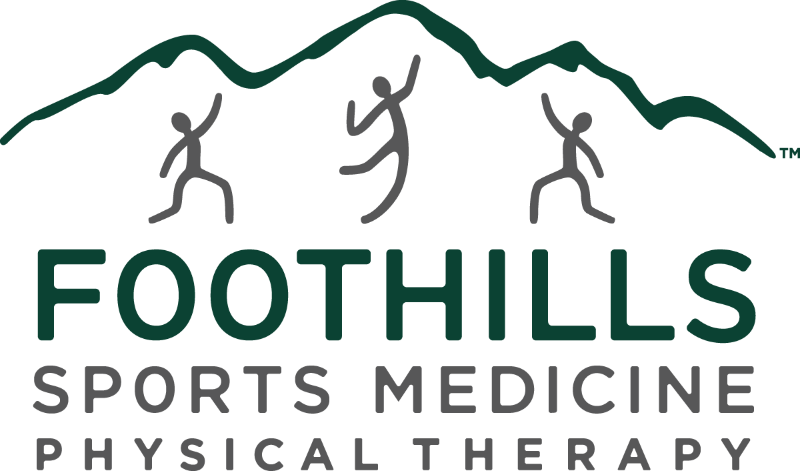Let’s face it, no one likes to be in pain. However, people that do not experience pain usually pass away at an early age. This is because they are unable to protect themselves from substantial tissue injury that they are unaware of. Pain is the number one reason why people visit healthcare providers, especially physical therapists. The pain is a complex biopsychosocial experience which means that tissues (biology), cognitive beliefs (psychological), and context (social) of when an injury (or perceived injury) occurs all play a role together to determine if we will experience pain or not. This makes pain a much more complex process than most people, including healthcare providers, understand.
The most widely accepted definition of pain is “an unpleasant sensory and emotional experience that is associated with actual or potential tissue damage or described in such terms” which was developed by the International Association for the Study of Pain. The purpose of this article is to educate people on pain experience and dispel some common myths about pain.
Myth 1: Pain only occurs when you are injured.
How many times have you finished yard work or gardening and gone inside to get something cold to drink? Have you noticed several cuts and scratches on your arms and legs? Have you ever woken up and noticed a bruise somewhere on your arm and don’t remember how it got there? These are both examples that your body had tissue damage yet you didn’t have any pain.
Let me take this one step further…there have been several studies where people who are asymptomatic (no pain or symptoms) have undergone medical imaging (X-rays, MRIs, CT Scans). A lot of the results would surprise you, such as 40% of people have a bulging disc on the MRI, low back degeneration starts in people’s ’20s, and one in four people had meniscus degeneration. When they were scanned five years later 90% had not changed. Remember, all these people with positive imaging findings had no pain or symptoms.
Myth 2: Chronic pain means that an injury hasn’t healed properly.
Almost every tissue in the body will heal within six to twelve months. There are no special pain fibers in your body contrary to popular belief and this has been studied extensively. More accurately, we have nociceptors, which are special nerve fibers that send information from tissues to the spinal cord and up to the brain if the spinal cord thinks the brain needs to made aware. Nociceptors can send messages in the absence of tissue damage which can be interpreted as danger messages by the spinal cord and brain which can give us the experience of pain even though the tissues are normal or have healed. Confusing right? This is one reason why long after tissues have healed people can still experience pain.
Myth 3: The body tells the brain when it is in pain.
Even though understanding the complexity of pain can be difficult, the one basic concept is that pain is simply an output by the brain which comes from thousands of various inputs. Just a few of these inputs include: movement, stress, thoughts, temperature, blood flow, and your immune system. Remember those nociceptors that we just talked about? Studies have shown that decreased blood flow to tissues will cause increased nociceptive activity. This doesn’t mean pain. Think about how long you’ve been sitting in your chair reading this article, have you shifted your body position at all? Leaned forward or backward in your chair? Crossed one leg over the other? The nociceptors in your body told you to move around because they weren’t getting enough blood flow, you probably didn’t even notice that you changed positions until right now.
Pain is complex and affects each of us differently.
The one constant is knowing more about pain can help decrease our experience of it. Pain is an output from the brain to protect us from actual or potential damage and can be modulated by our body based on the context of the situation when we experience it. This is why we can have tissue damage without feeling pain and we can feel pain when the tissues are completely normal. The nervous system is highly plastic which means that it can make adaptations, both positive and negative, extremely quickly. This means there is a lot of hope for people who experience chronic pain in the absence of tissue damage.
To end I want to leave you with a few fun facts about the nervous system.
- The body has 45 miles of nerves
- The brain uses 20% of the oxygen in our body
- Your brain has about 100 billion neurons
- The average number of thoughts by a person per day is 70,000 (so think happy thoughts!)
For further questions feel free to get in contact with a Foothills Sports Medicine physical therapist near you!




